In this guide
When you’re choosing a super fund, it’s natural to think big is better. Bigger funds offer economies of scale allowing them to reduce fees and offer more member services, or so the theory goes.
But when it comes to super funds, is big really any better?
It’s the argument being used to support recent and ongoing mergers of super funds, with the industry increasingly dominated by giant funds.
In the five years to June 2024, the number of super funds regulated by the Australian Prudential Regulatory Authority (APRA) fell from 190 to 111. Of those 111, a rapidly shrinking number – around one-quarter – have less than $2 billion in funds under management, while seven have more than $100 billion.
Foremost among these megafunds are AustralianSuper ($193 billion), Australian Retirement Trust ($313 billion), Aware Super ($193 billion) and UniSuper ($152 billion). These four funds alone account for almost one-quarter of Australia’s $4.2 trillion superannuation assets.
The reduction in the number of funds is no accident. Since 2019 when APRA introduced its first Heatmap comparing fund performance, the regulator has actively encouraged mostly smaller, underperforming funds to merge or quit the industry. And they have.
Super funds: Do big funds perform better?
Unfortunately for the average fund member, the question of whether being in a bigger super fund is better isn’t easy to answer, as it depends on not just investment performance (after fees and taxes), but also fund administration and member services.
Even the relationship between investment performance and fund size isn’t clear cut.
As the table below shows, over the 12 months to the end of December 2024, none of the top 10 performing growth funds had less than $2 billion in assets and only four had less than $20 billion. Half of the top 10 had more than $50 billion in assets.
These results seem to indicate fund size explains something, but not everything, where short-term performance is concerned – at least not in 2024.
Top 10 performing Growth* funds ranked by 1-year return to 31 December 2024
| Rank | Option name | 1 year % |
|---|---|---|
| 1 | UniSuper Growth | 14.7 |
| 2 | CFS First Choice Growth | 13.8 |
| 3 | Mine Super Growth | 13.4 |
| 4 | Vanguard Super SaveSmart Growth | 12.8 |
| 5 | smartMonday Balanced Growth | 12.8 |
| 6 | Mercer Growth | 12.7 |
| 7 | legalsuper MySuper Balanced | 12.4 |
| 8 | Aware Super Balanced | 12.4 |
| 9 | AMP Future Directions Balanced | 12.2 |
| 10 | Brighter Super Balanced | 12.1 |
Source: Chant West
* Chant West Growth risk category (61–80% growth assets). Funds use different labels eg Growth, Balanced for the same underlying asset allocation.
What about over the longer term?
Over longer time periods, there is a much stronger relationship between fund size and performance.
In the table below, which ranks the top 10 funds by average annual returns over the 10 years to December 2024, the top five funds all have over $100 billion in assets, as does Aware Super in eighth spot. Only legalsuper ($6.5 billion) has less than $20 billion in assets.
It would seem economies of scale do help boost performance. It’s also worth noting that the top 10 over 10 years are all industry funds and many of the big industry funds have invested heavily in unlisted assets such as infrastructure in Australia and overseas. These large investments, which can help ride out the swings and roundabouts of more volatile listed assets such as shares and listed property, are generally beyond the reach of smaller funds.
Top 10 performing Growth funds ranked by 10-year return (% p.a.) to December 2024
| Rank | Option name | 10-year % p.a. |
|---|---|---|
| 1 | Hostplus Balanced | 8.4 |
| 2 | Australian Retirement Trust Balanced | 8.3 |
| 3 | AustralianSuper Balanced | 8.1 |
| 4 | UniSuper Balanced | 7.9 |
| 5 | Cbus Growth (MySuper) | 7.8 |
| 6 | Vision Super Balanced Growth | 7.8 |
| 7 | HESTA Balanced Growth | 7.7 |
| 8 | Aware Super Balanced | 7.7 |
| 9 | CareSuper Balanced | 7.6 |
| 10 | legalsuper MySuper Balanced | 7.5 |
Source: Chant West
Challenges for small and medium funds
Although annual investment returns are important, APRA takes a broader view when assessing fund performance. When the regulator released its first Heatmap in 2019, the focus was on comparing performance on measures of investment returns, fees and costs, and long-term sustainability.
In March 2022, the regulator released research arguing smaller super funds were “more likely to struggle to deliver quality, value-for-money member outcomes in the future.”
The study noted large super funds (with assets of more than $50 billion) can more easily spread their costs over a wider membership base, allowing them to keep their fees lower.
APRA also claimed half of all small super funds at the time (net assets less than $10 billion) were facing immediate sustainability challenges due to declines in their net cash flows and number of member accounts. More than half of medium-sized funds ($10 to $50 billion in net assets) were assessed as having adverse trends in sustainability.
According to APRA deputy chair Margaret Cole, “While bigger isn’t always better, increased scale makes it easier for trustees to build an efficient and resilient business model that delivers strong financial outcomes for members. A fund that is losing members or has declining net assets will face challenges to keep fees and costs low for members.”
Somewhat prophetically, given the long-term returns in the table above, she added, “With the largest funds growing solidly, either organically or through mergers, the sustainability and performance gaps between the industry giants and the rest will only widen further without urgent action by small to medium funds.”
APRA performance test outcomes
The early Heatmaps were restricted to MySuper funds (the products employees are put into if they don’t elect to choose their own fund). More recently, Choice products have been added.
In 2024, all remaining MySuper products passed the test while 37 (6%) of the 590 Choice products tested failed. As mentioned earlier, many small- and medium-sized funds have already merged or closed, so APRA is turning its attention to factors affecting performance other than size.
With more than 45 fund mergers since mid-2021, and more to come, albeit at a slower pace, APRA’s performance tests have arguably been a success by this measure.
In late 2024, APRA consolidated its performance tests with its Heatmaps to create a comprehensive Product Performance Package (CPPP) covering 876 MySuper and Choice products.
Is this the end of small funds?
Not everyone agrees big is better, with many industry figures arguing there is still a place for smaller, more nimble super funds.
Members may also feel a greater sense of identity in smaller funds, which often cover workers in a particular industry, company, or government sector. Such funds may also be better placed to tailor services and benefits to their members.
While being bigger has benefits, touched upon earlier in this article, there may also be disadvantages for large super funds.
These can include complexity and internal delays when it comes to the fund’s investment process, as well as the inability of larger funds to make significant investments in smaller company stocks without affecting their price. Larger funds can also be less nimble when it comes to taking advantage of market opportunities that require rapid action and decision-making.
On an operational level, big funds can be slow to respond to members’ needs. This has been on display recently after the corporate watchdog uncovered excessive delays in handling death benefit claims, in some cases the delay lasted more than a year.
An Australian Securities and Investments Commission (ASIC) report released in March 2025 looked at 10 of our biggest super funds representing 38% of all member benefits in super funds regulated by APRA. Cbus and AustralianSuper were excluded due to legal proceedings ASIC is taking against them for their handling of death benefit and disability claims.
ASIC Chair Joe Longo said the report identified a range of issues, including excessive delays, poor customer service and ineffective claims handling procedures.
While some trustees performed better than others, tellingly none of the reviewed trustees monitored or reported on their end-to-end claims handling times or performance. The worst-performing fund, which settled just one in 10 claims within 90 days, also charged the highest administration fees.
“At the heart of this issue is leadership that doesn’t have a grip on the fund’s data, systems and processes – and ultimately it is the customers who suffer for it,” he said.
What are the lessons for members?
All this can be very confusing if you’re a fund member, but the bottom line is that trying to ensure your super account is with the ‘best’ performing super fund is impossible.
No one can reliably predict which fund will turn in the highest investment performance, or even whether your fund will decide to merge with another fund in the future.
A more sensible strategy is to look for a fund with a track record of above-average returns after tax and fees over the long term. Also ensure you’re in the right investment option for your risk profile and goals. You should also check your fund has low fees and provides you with services you need and want, such as insurance cover, education and customer service.
To help you choose the right super fund for you, here are some points to consider:
1. Returns fluctuate from year to year
A super fund’s investment performance varies from year to year, so in some years the performance will be lower than others. Growth options (61–80% growth assets), where most Australians hold their super, typically have a long-term risk objective of one negative return on average every five years.
2. Check the fund’s performance over five, seven and 10-year periods
You will be saving for your retirement over many years, so looking at the performance results over a single year won’t tell you much. Instead, focus on a track record of superior long-term returns over at least five years.
3. Ensure you compare like with like
The investment return for a Conservative investment option should not be compared with a Balanced option as they hold very different asset mixes. A mismatched comparison tells you very little about how well your fund is performing.
4. Service is important too
When comparing funds, don’t forget to look at the member services it provides such as financial advice, insurance offerings, member communications, education and tools such as online calculators.







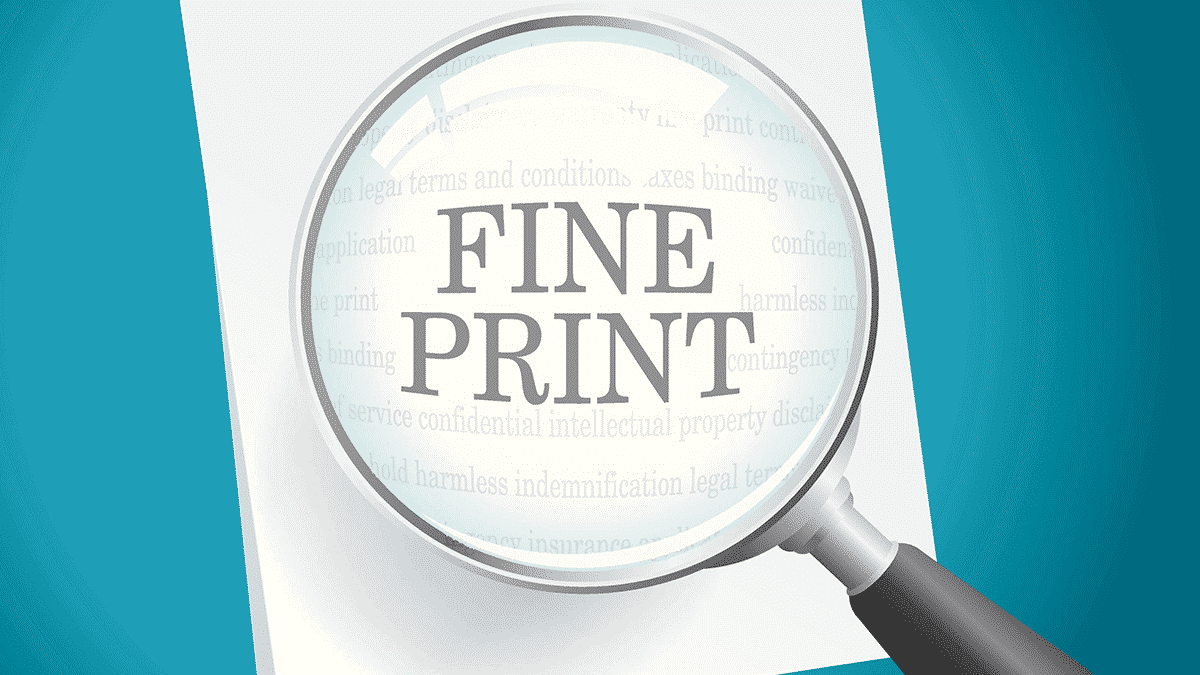




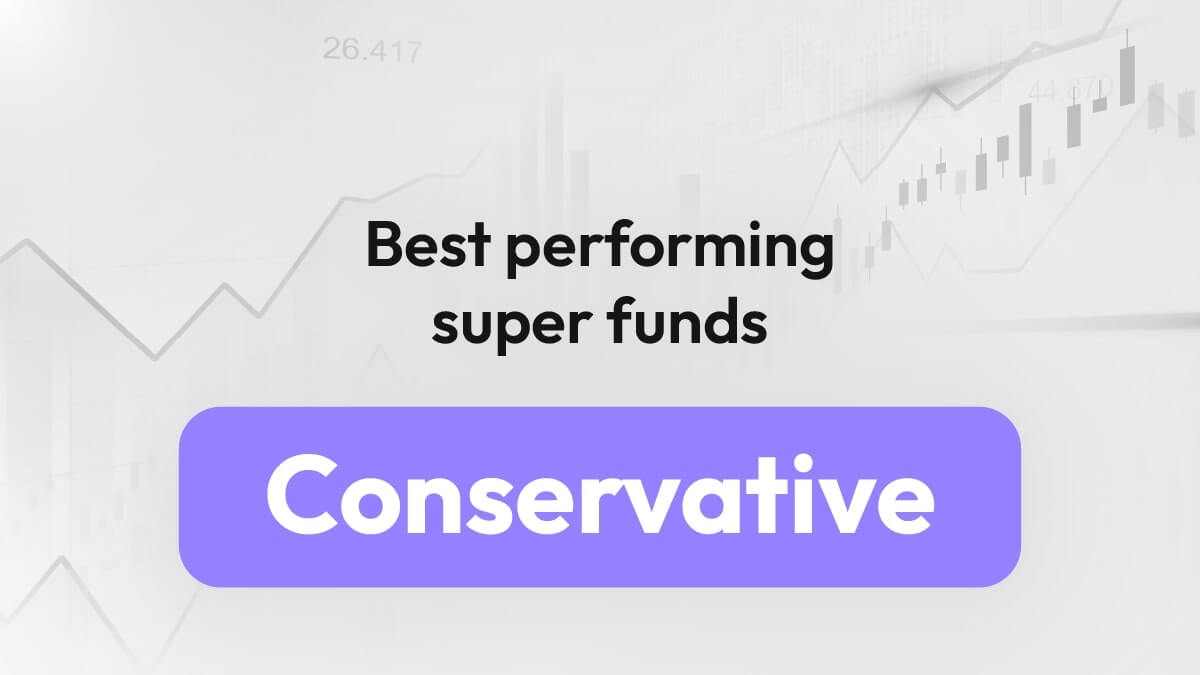
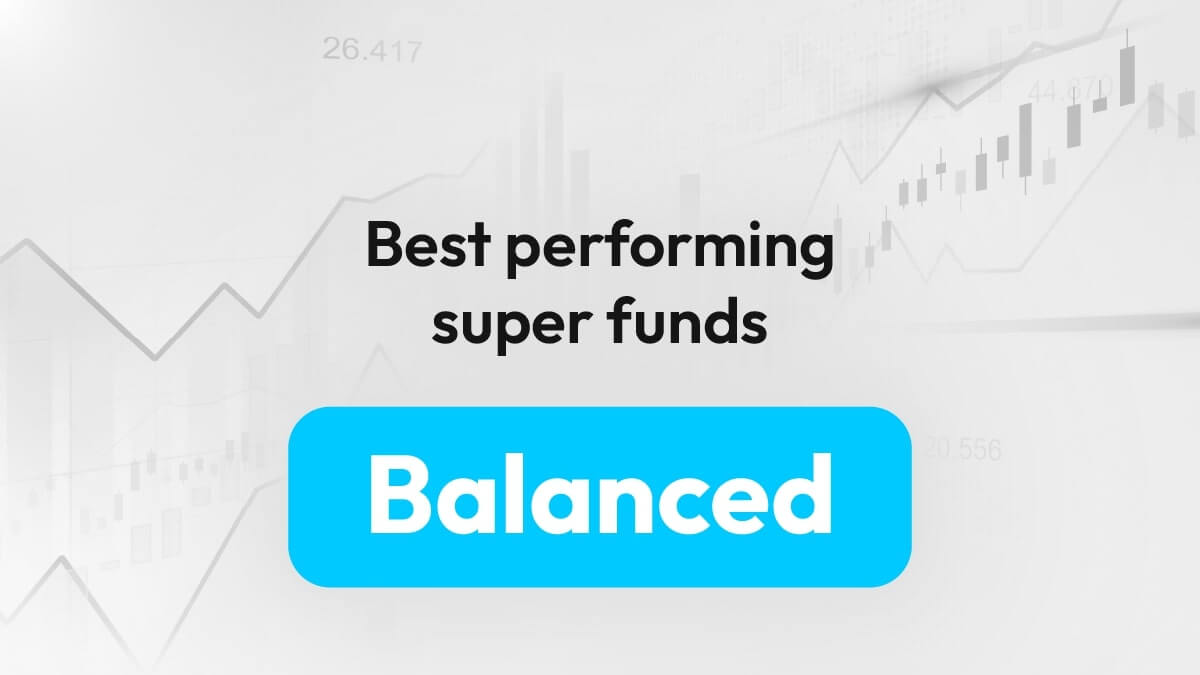
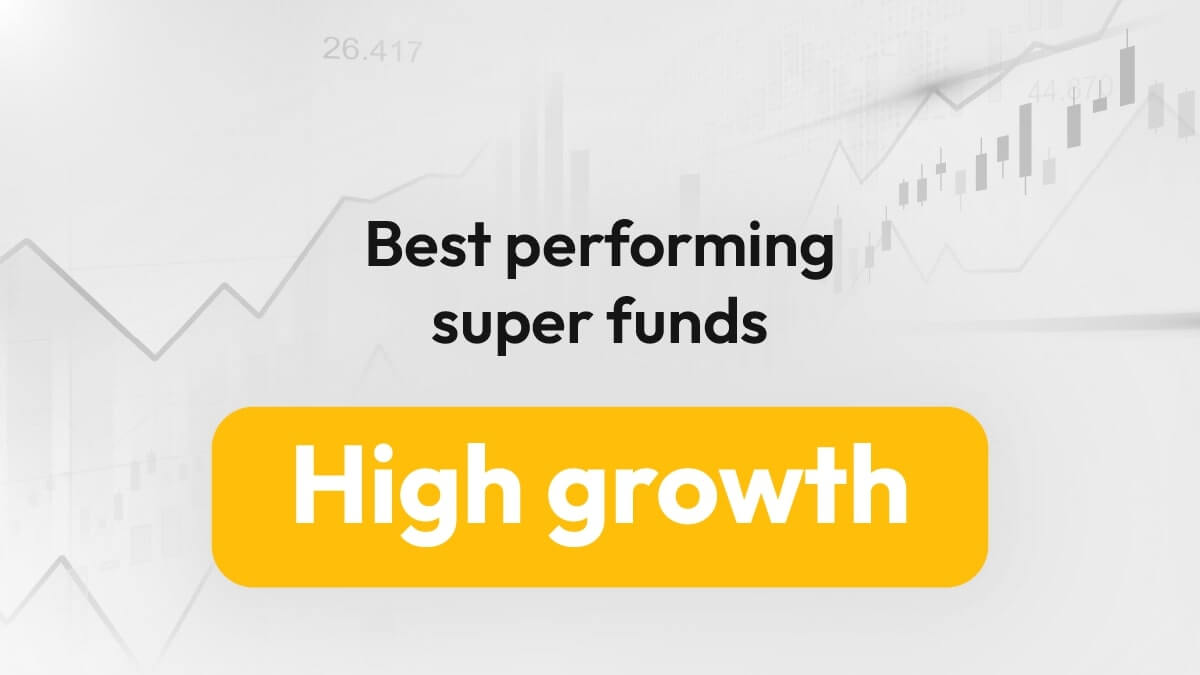
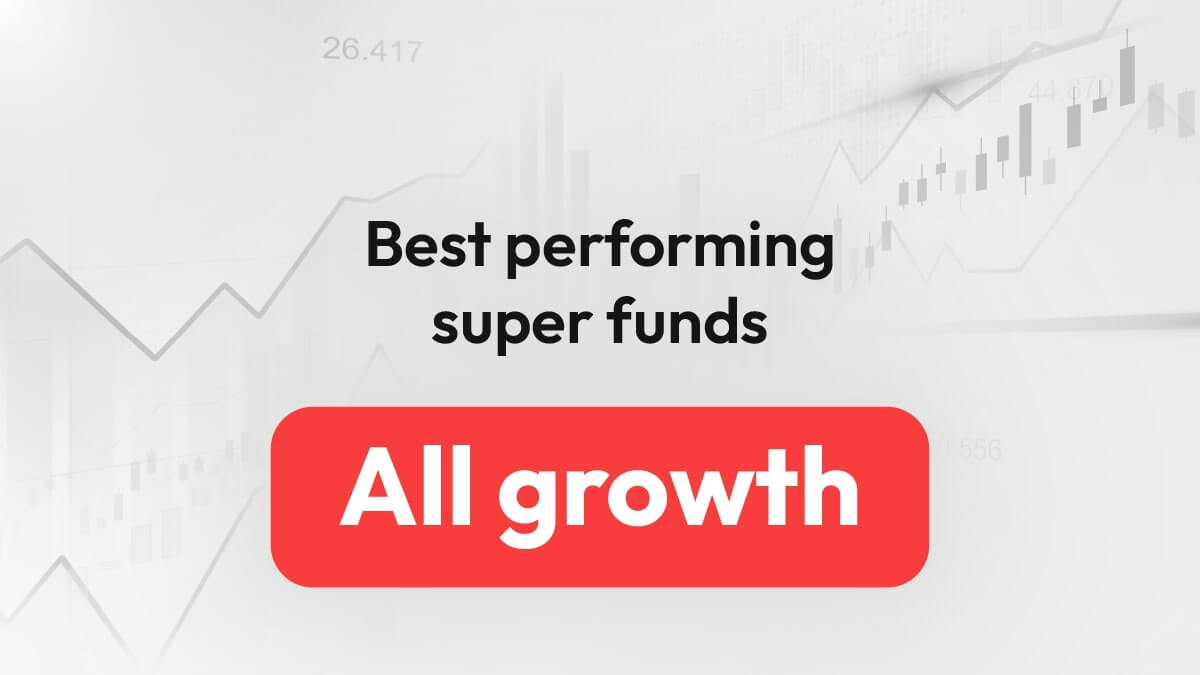
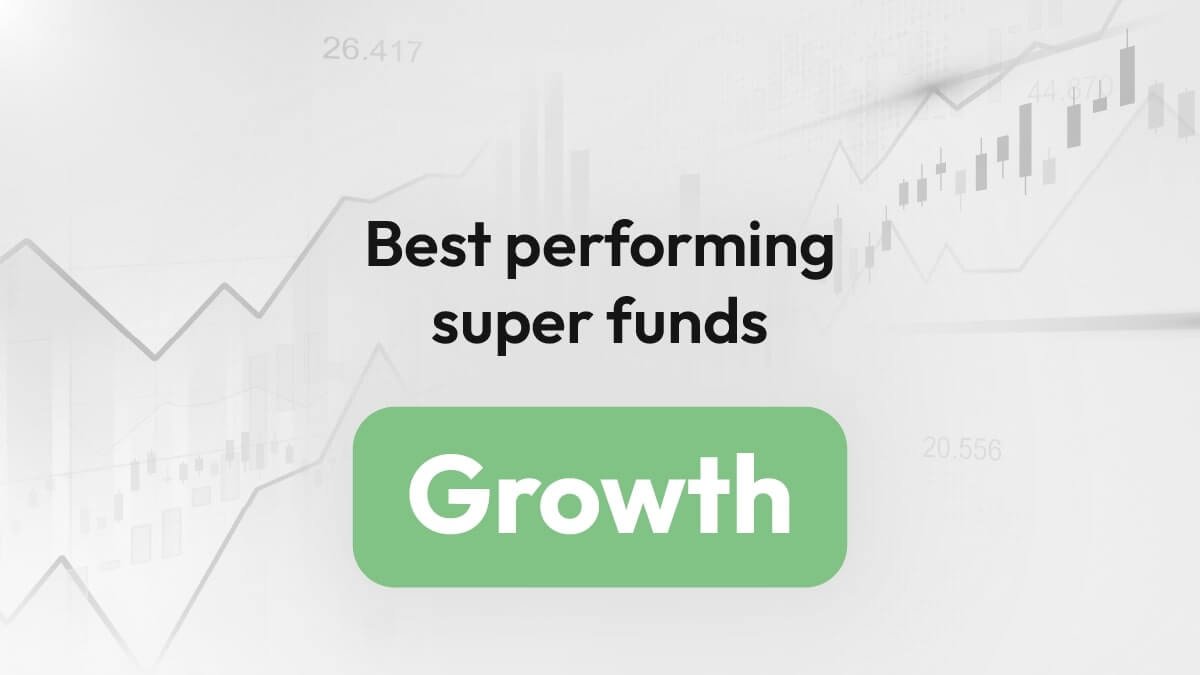
Comparing investment profiles can be fraught too. One fund’s asset spread for it’s ‘mysuper/balanced’ profile can be very different to another fund’s asset spread for the same profile. I’ve noticed these differences are amplified when one compares the more conservative profiles. One fund’s 15% in infrastructure can be another fund’s 0%. Admin/investment fees also vary (quite a bit!) in these other profiles.